An overview of violin rock songs and their history.
When we think of rock music, we often imagine electric guitars, bass lines, and energetic drum beats. However, the violin has actually made a significant impact in the rock world! It’s woven its way into countless rock songs, adding layers of emotion and depth that enhance the overall sound. From the sweeping orchestral arrangements of classic rock anthems to folk-infused melodies, the violin’s ability to convey human emotion makes it an invaluable asset in rock music.
In this blog post, I explore some of the most iconic rock songs that feature the violin, highlighting how this instrument elevates the music and resonates with listeners. Let’s dive in!

Eleanor Rigby – The Beatles
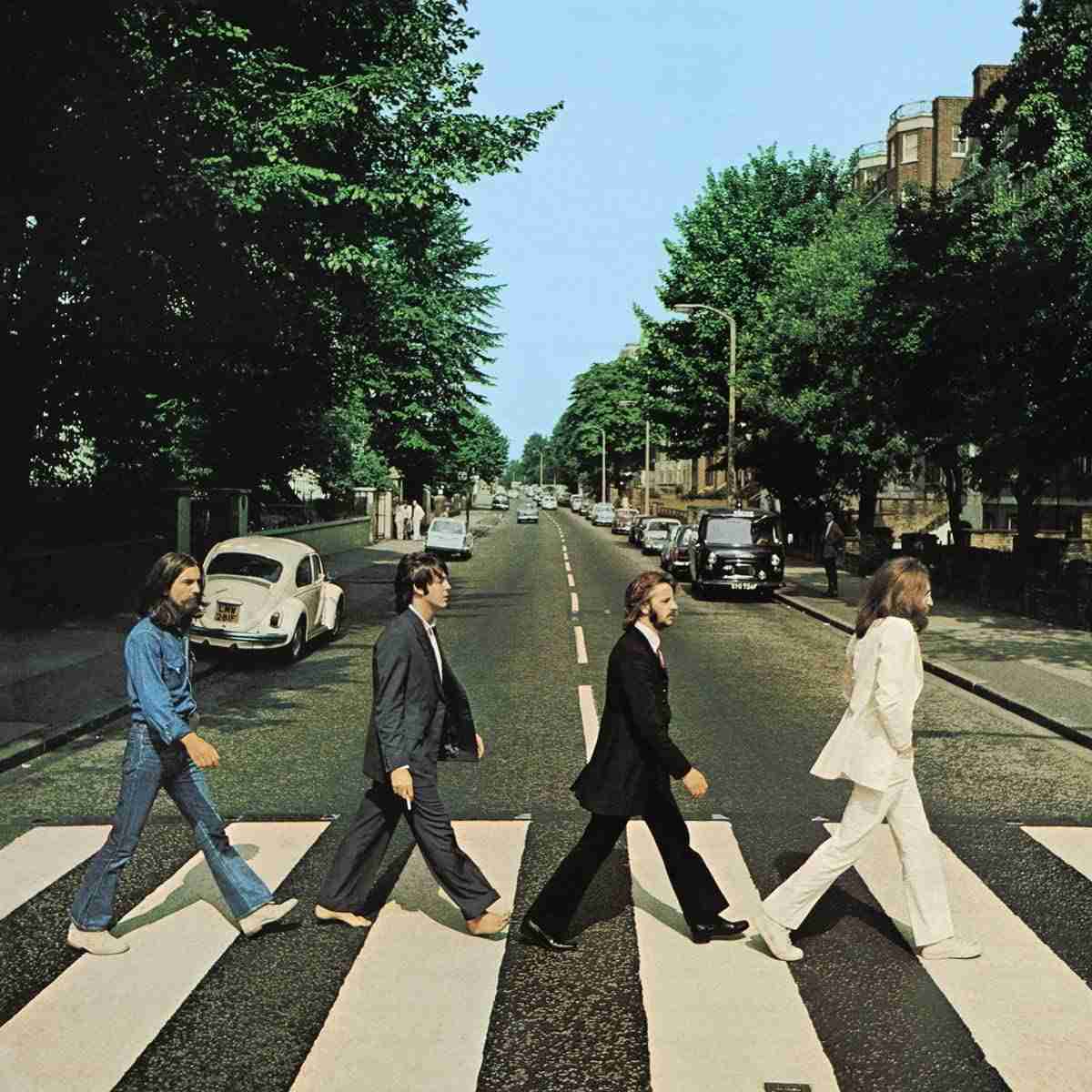
Eleanor Rigby was the first song of its kind for many reasons: it was one of the first pop songs with dark lyrics, and the song’s accompaniment is entirely made up of string instruments!
Released in 1966, Eleanor Rigby was written mostly by Paul McCartney. Their producer, George Martin, arranged the double-string quartet underneath. Instead of using a traditional string quartet setup: two violins, one viola, and one cello, they doubled it to four violins, two violas, and two cellos, giving the arrangement more depth and volume.
There are no rock instruments like guitar, bass, or drums in this song, which makes it really revolutionary for rock music. If you haven’t already, take a listen to this iconic song, blending the voices and lyricism of the Beatles with string instruments.
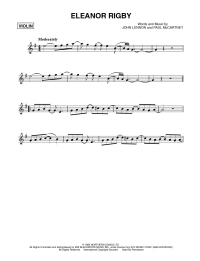
Venus in Furs – The Velvet Underground
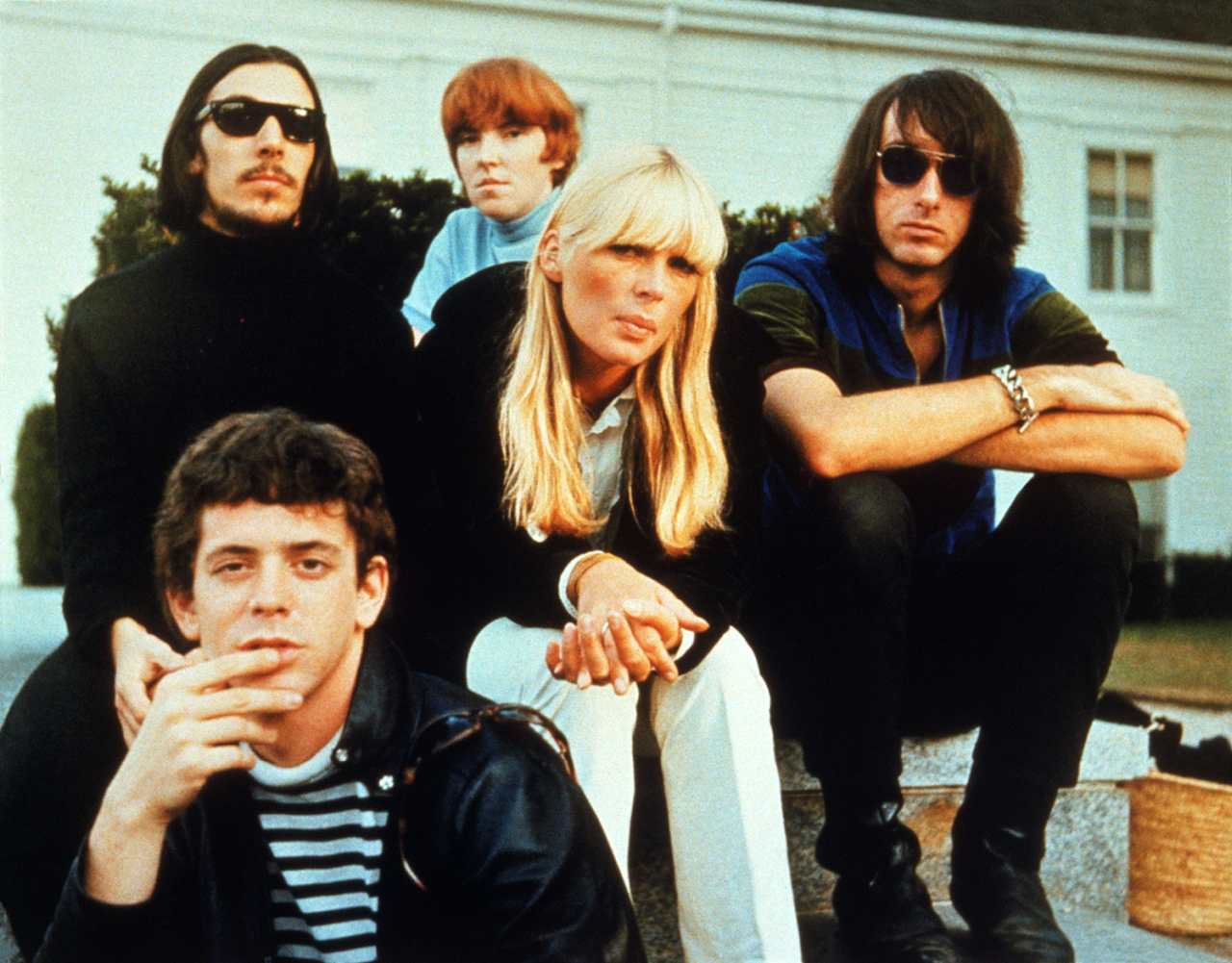
Sticking with music that explored dark topics for the first time, Venus in Furs, released in 1967, was inspired by Leopold von Sacher-Masoch’s 1870 novella Venus in Furs.
This psychedelic rock song is in an avant-garde minimalist style, with a scratchy viola drone going throughout.
The Velvet Underground has disbanded, but John Cale still performs Venus in Furs at his solo concerts, singing the vocal part and playing electric viola with a backup band.
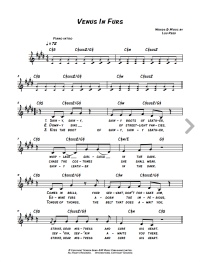
Sea of Joy – Blind Faith
Blind Faith was a band made up of superstar musicians Eric Clapton, Steve Winwood, Ginger Baker, and Ric Grech. They created only one album which was released in 1969. Sea of Joy was on this album, and it’s one of their best-known songs.
Lyrically, Sea of Joy is about finding freedom and fulfillment. Musically, the song includes acoustic and electric guitars, bass, drums, and violin.
The violin solo in this song is in a folk fiddle style, played by bassist Ric Grech. The violin adds a haunting, almost ethereal texture to the song, but it still blends seamlessly with the rock elements. The violin adds a lot of emotional depth to the song and helps the group combine folk, rock, blues, and psychedelia all into one song.
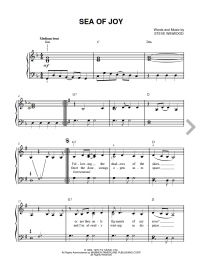
Baba O’Riley – The Who
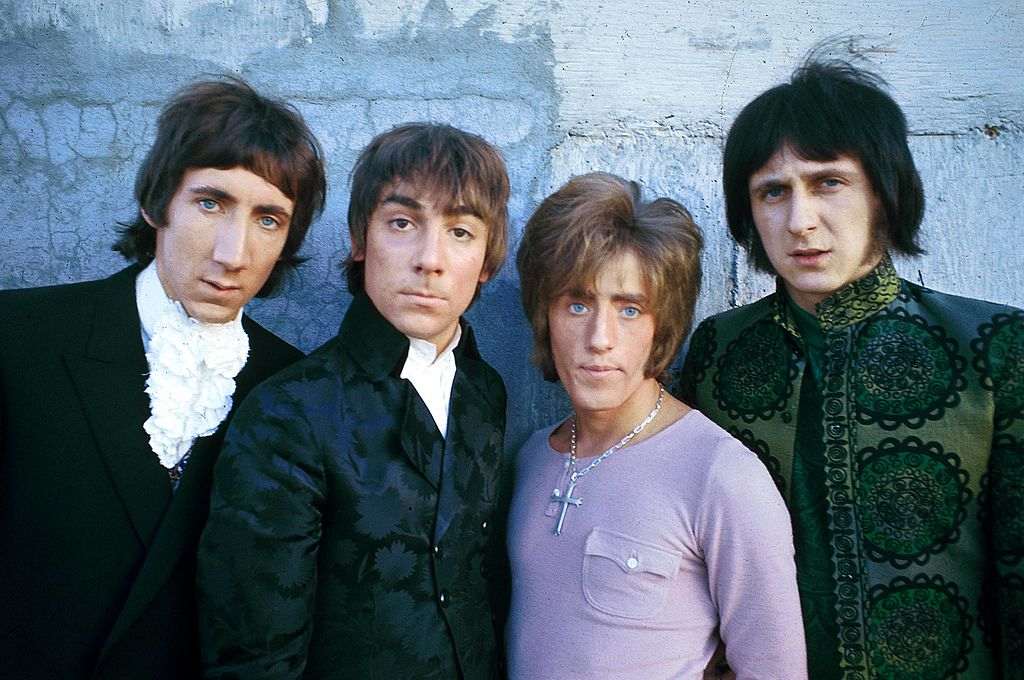
Released in 1971, Baba O’Riley was one of the first of its kind, combining the violin with synths. We’re lucky to have this too, because the violin solo in the song was originally meant to be played on the harmonica!
This song is often referred to as “Teenage Wasteland” since the title of the song isn’t actually in the lyrics.
The real title is a mashup of two of the writer Peter Townshend’s biggest influences: Mahad Baba, an Indian spiritual leader; and Terry Riley, a minimalist composer whose work inspired the electronic sounds in the song. The song represents music as a spiritual experience.
The fiddler for Baba O’Riley was Dave Arbus, of the band East of Eden. His band released the song “Jig-A-Jig” in the same year as Baba O’Riley. This song combines Celtic fiddle music with a rock drum and guitar jam underneath. Give it a listen, it’s super fun!
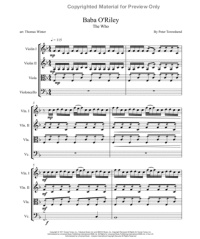
Kashmir – Led Zeppelin
Kashmir is one of Led Zeppelin’s most iconic sounds, often regarded as one of the best rock songs of all time. Inspired by the Middle East and India, the band wanted to evoke the feeling of traveling in a foreign land and experience a sense of awe.
John Paul Jones, the band’s bassist, keyboardist, and producer arranged the orchestra and brass for the song. The strings add a cinematic feel to the guitar and rhythm section.
This song is also built on polyrhythms: Two separate rhythm structures played at the same time. The drummer, John Bonham, played in 4/4, while the rest of the band went on in 3/4. It adds an unsteady, hypnotic feel to this 1975 rock song.
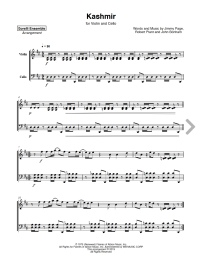
Do Ya – Electric Light Orchestra
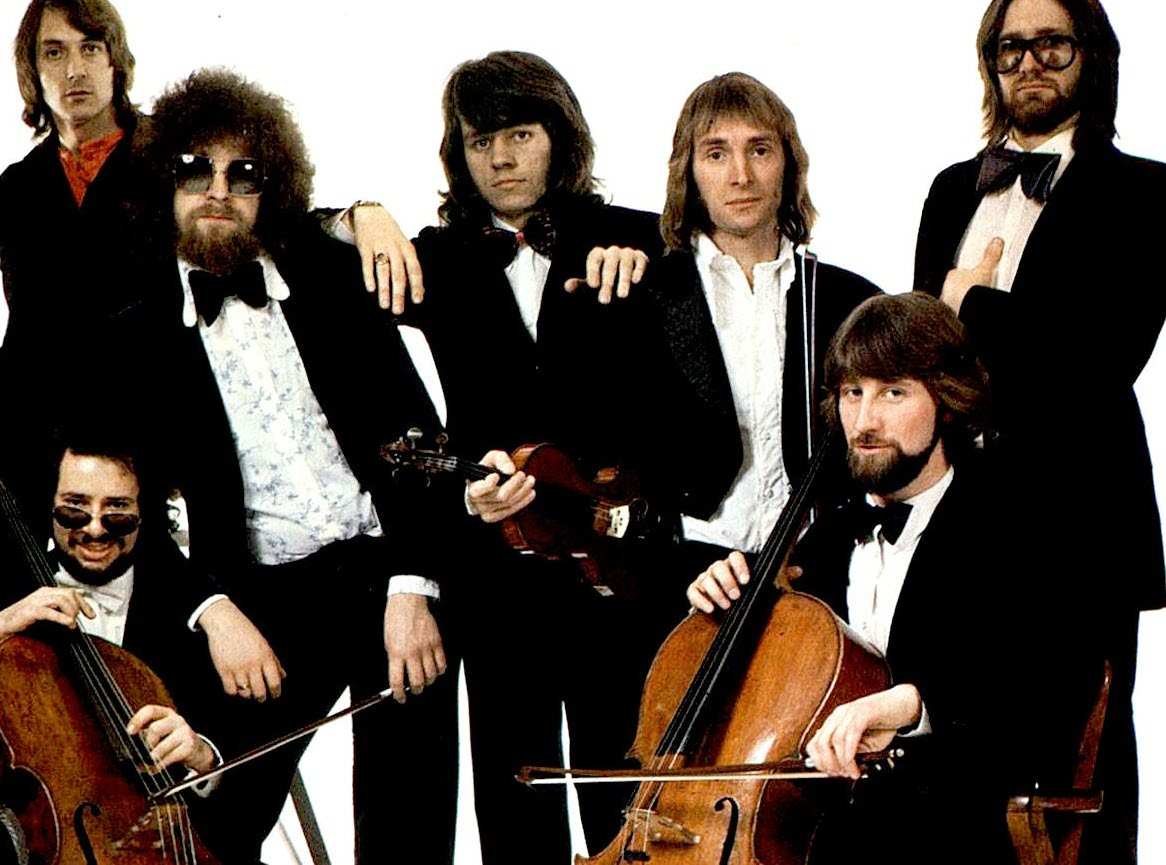
Electric Light Orchestra is a British band known for combining rock, pop, and orchestral elements. The 1976 song Do Ya is a great blend of those influences.
The lyrics of the song are romantic, with the iconic line, “do ya, do ya want my love?”. The strings in the background heighten the emotion and make it really enjoyable to listen to.
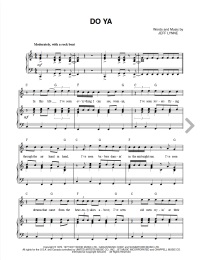
Hurricane – Bob Dylan
Hurricane is a protest song Bob Dylan put out in 1976. It’s regarded as one of his best, most famous songs. The music tells the story of Rubin “Hurricane” Carter, a professional boxer who was wrongly convicted of triple murder.
The instrumentation of this song has a traditional Bob Dylan feel, with acoustic and electric guitar, piano, and rhythm section. However, this song also includes a violin, played by Scarlet Rivera.
The violin plays throughout, but there are violin solos between verses that almost feel like a voice telling more of the story. This song puts the violin at the forefront more than many other songs on my list, and it’s a really interesting song to listen to.
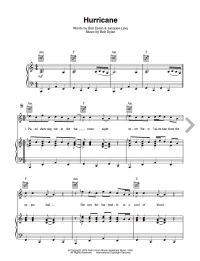
Dust in the Wind – Kansas
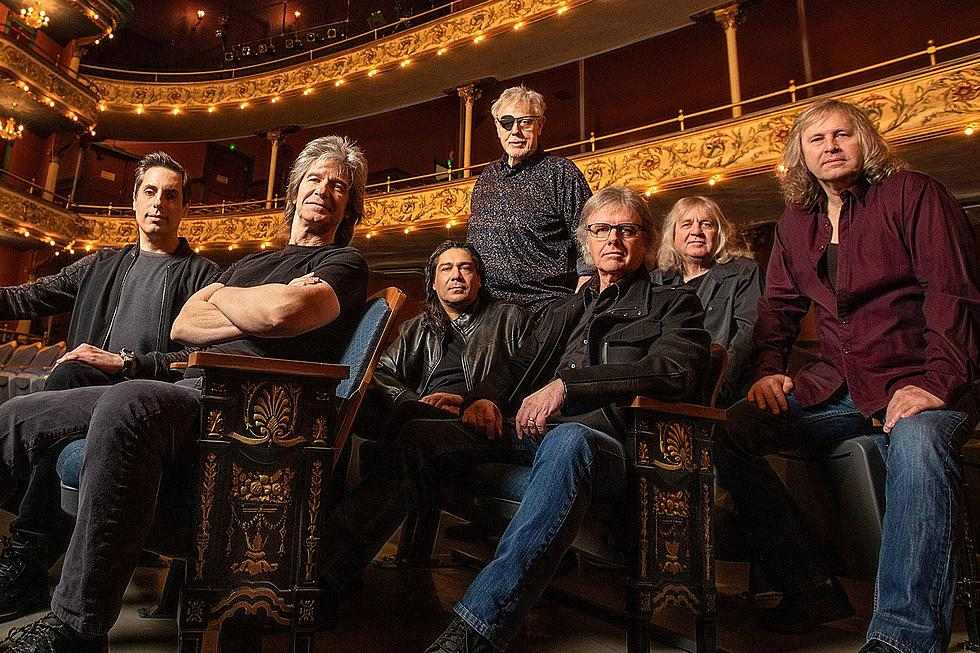
The 1977 song Dust in the Wind by Kansas is an acoustic ballad that originally started as just a fingerpicking exercise the lead guitarist of the band created.
The quiet, melancholy song uses violin solos to create a folk sound and balances the heavy lyrics. Band member Robby Steinhardt played the violin solo in this song, and in other Kansas songs that included violin.
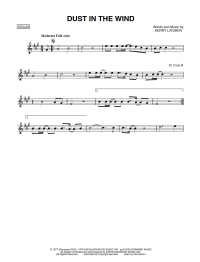
The Devil Went Down to Georgia – Charlie Daniels Band
The Devil Went Down to Georgia is a country bluegrass/Southern rock song released by the Charlie Daniels Band in 1979. The song tells the story of a fiddle contest between the main character Johnny and the Devil.
Guitar, bass, and drums play lightly throughout the song, and the verses are mostly recited. The fiddle is part of the story, and it’s played by Charlie Daniels, who also tells the story. The violin solos represent the fiddle playing in the story, as Johnny and the Devil play for each other.
This is an entertaining song where the violin shines as a character of its own! Take a listen if you’ve never heard this iconic song.
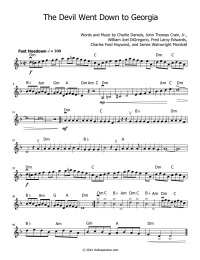
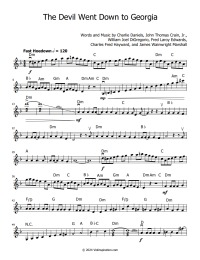
Come On Eileen – Dexys Midnight Runners
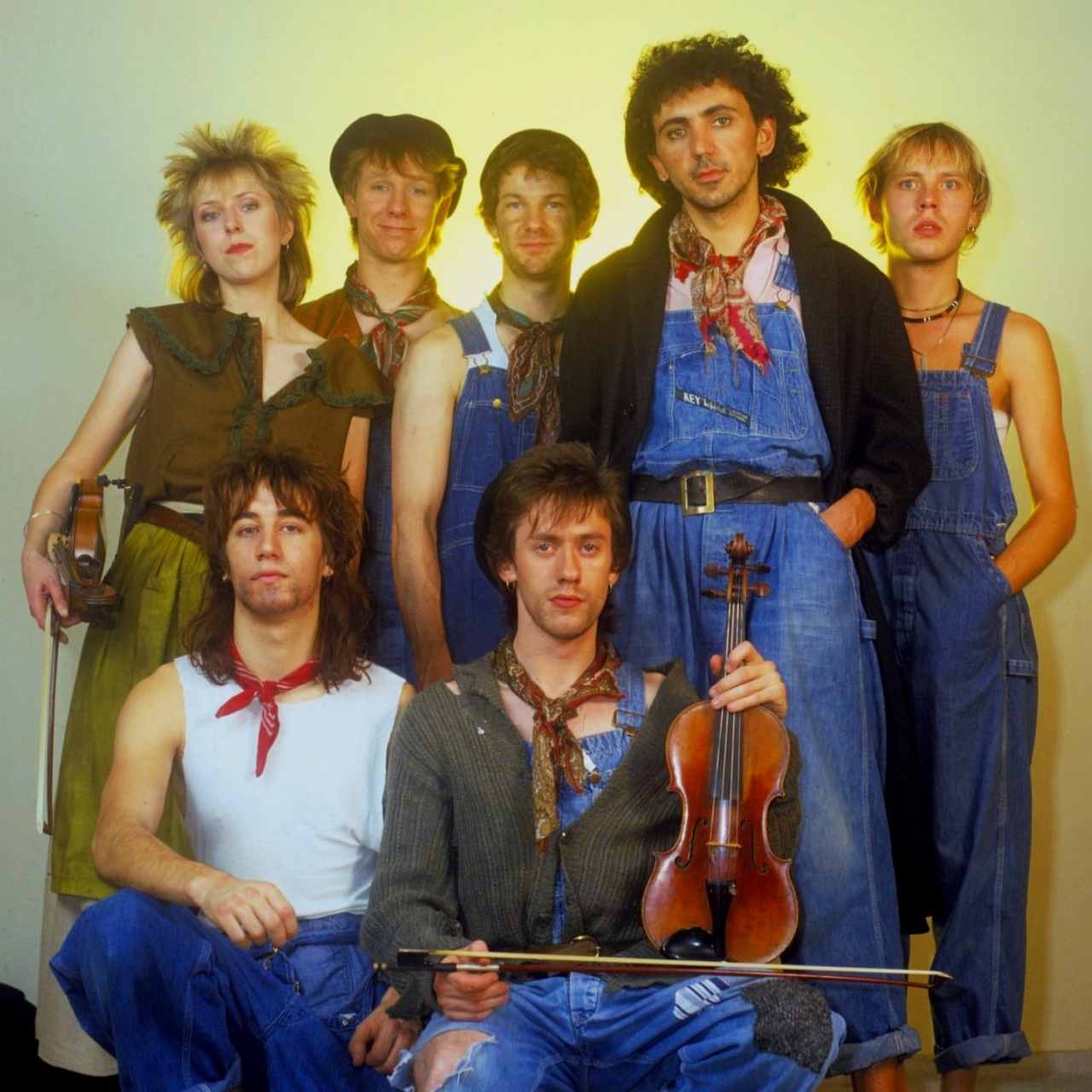
Moving into the 80s, the British band Dexys Midnight Runners became one-hit wonders with their 1982 song Come On Eileen. The song combines Celtic folk, soul, and pop rock to give it its youth anthem feel.
The fiddle plays a huge part in this song, and plays the melody through the verses and chorus, with its own solos in the interludes. The violin plays along with the accordion, which really adds to the Celtic flair. The violin part was recorded by Helen O’Hara.
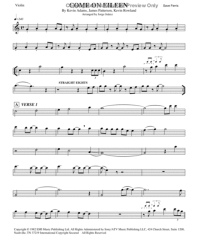
Sunday Bloody Sunday – U2
Sunday Bloody Sunday was released in 1983 by U2 as part of their “War” album. The song addresses the Bloody Sunday Massacre of Derry, Northern Ireland in 1972. The lyrics of the song express the horror and frustration of viewing this moment in history and reflect on loss and tragedy.
The song has U2’s quintessential sound, with one added element: violin. Steve Wickham recorded the violin solo for this song, which adds tragedy and emotion to a song that otherwise has an 80s rock music sound.
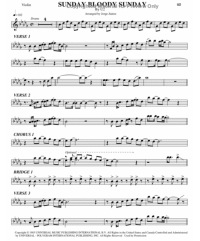
Paper in Fire – John Mellencamp
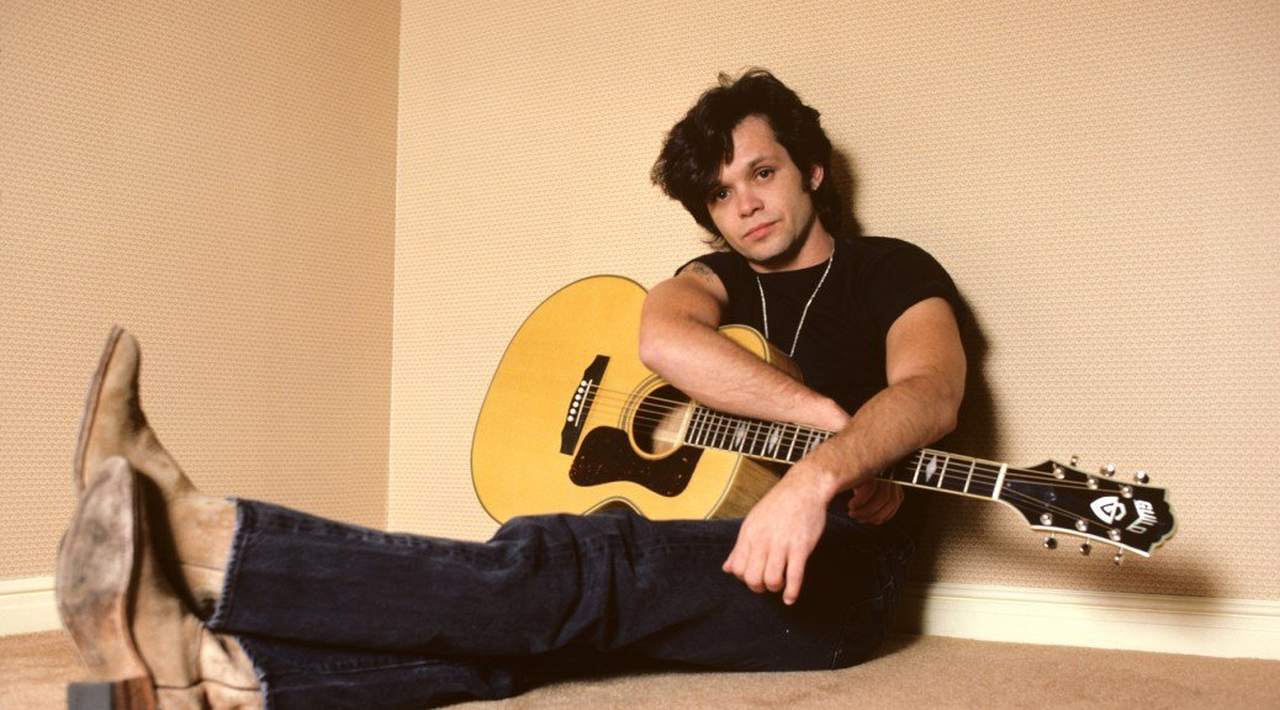
John Mellencamp is known for making music in the “heartland rock” genre, which combines rock, folk, country, and American influences. His 1987 song Paper in Fire is no exception, as it combines traditional elements of rock with violin and accordion.
The song explores the idea of unfulfilled dreams and disillusionment with reality. It’s a message that many small-town Americans can sympathize with, and the instrumentation really drives the theme in.
Lisa Germano played the fiddle in this song, which weaves in and out of the vocal melody line.
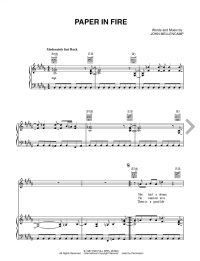
Whatever – Oasis
“Whatever” is a stand-alone single released by Oasis in 1994 between their first two albums. Although this song wasn’t released with an album, it has gone on to be one of the band’s most popular compositions.
The song Whatever is a feel-good anthem that’s further emphasized by the orchestral strings in the background. They give an almost cinematic feel to the song, which is a little more acoustic and stripped-down than the band’s earlier music.
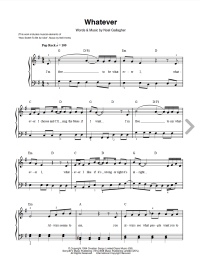
Bittersweet Symphony – The Verve

Bittersweet Symphony, released in 1997, is one of the most famous songs by The Verve. It combines 90s rock with lush, orchestral strings.
The violin part was built off a loop from The Rolling Stones’ song The Last Time. This caused the band to lose the rights and royalties to their song.
The orchestra plays throughout the entire song, giving it a rich, ethereal sound. This is one of the biggest uses of violin in rock music!
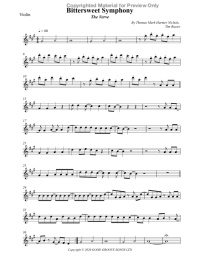
Ocean Avenue – Yellowcard
Ocean Avenue was released by Yellowcard in 2003 on their album of the same name. The song combines pop-punk with electric violin and is known for making pop-punk more accessible and mainstream.
The violin line in this song feels less like a solo, and more like a second guitar part. The electric violin is always playing through the song, adding texture and interest the same way a more “traditional” rock band instrument would.
With this song, the violin is a fully synthesized part of the band!
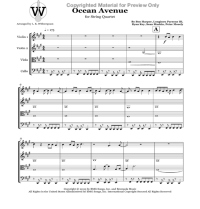
Best Violin Rock Songs – Playlist
Take a listen to all these songs here:
Learn More
From The Beatles to today, rock artists have loved experimenting with different genres. The violin, and strings in general, add emotion to rock songs that couldn’t be achieved otherwise.

If you enjoyed this article, I think you might like reading about modern violin music or checking the violin vs. the guitar comparison.
Free Violin Sheet Music in Your Inbox
Subscribe to my mailing list to receive free sheet music, playing tips, a weekly portion of motivation, and never miss a new video or course I release!
























